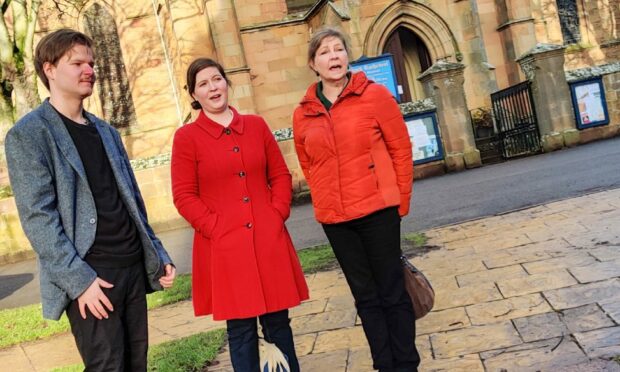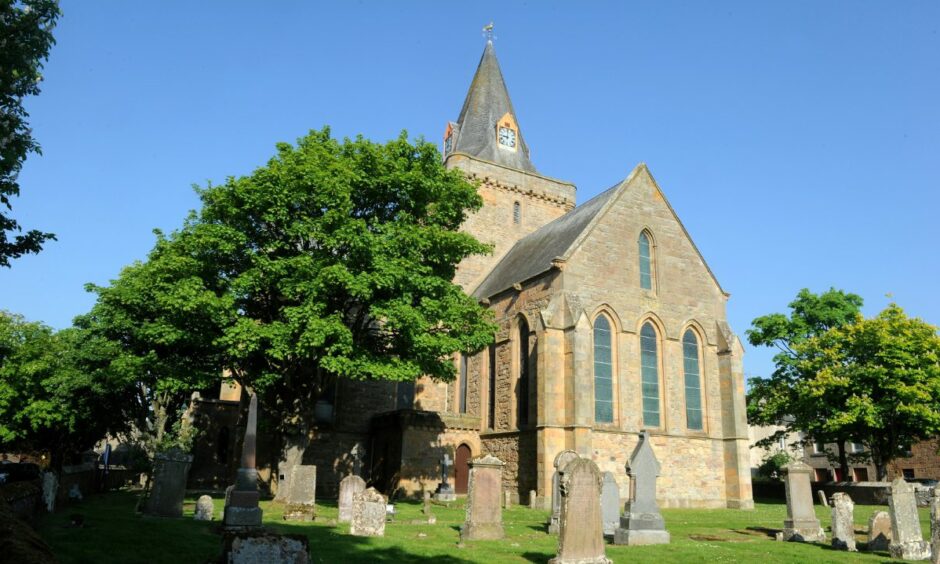Seventy years ago, the European Convention on Human Rights came into force, co-authored by a Scot with roots in Dornoch.
Sir David Maxwell Fyfe was a prosecutor at the Nuremberg war crime trials. He was instrumental in championing and drafting the convention.
Seven decades on, members of his family staged a unique protest in Dornoch. They were campaigning over the UK Government’s consideration to withdraw from the ECHR.
They staged a performance of Sue Casson’s dramatic song cycle, Dreams of Peace and Freedom, to tell the story of the creation of the convention.
A beacon of peace for 70 years
It was staged by the professional theatre company English Cabaret, who are also members of Maxwell Fyfe’s family.
They said: “Designed to protect Europe from tyranny after the Second World War, (the convention) has been a beacon of peace for 70 years.
“Now, in the wake of the ‘small boat’ crisis in the Channel, the Conservative party in government are threatening to withdraw from the Convention which would undermine the freedoms of all people.”
Dornoch was the childhood home of Maxwell Fyfe’s mother Isabel and is the start of his story.
He later became a Conservative politician and Lord Kilmuir of Creich and Baron Fyfe of Dornoch.
Singer Lily Casson is Maxwell Fyfe’s great grand-daughter.
She said: “For us, Dornoch is the source of my great grandfather David’s mythical stream of natural law.
“It describes his journey towards the creation of modern human rights.
“Dornoch was the childhood home of his mother and David’s work was recognised where he was made a Freeman and is remembered as part of the exhibition at the HistoryLinks museum.”
In the show, great grandson Robert Blackmore speaks the words of a report made by Maxwell Fyfe’s uncle Hugh to the Napier Commission at Bonar Bridge. It tells the story of his family’s removal during the Highland Clearances.
“This history kindled a lifelong interest in justice.”
Inspiration drawn from Dornoch
Tom Blackmore is Maxwell Fyfe’s eldest grandson.
He said: “’We knew that Dornoch in early January would be quiet, but it was important for us to begin our protest where David Maxwell Fyfe’s inspiration was drawn.
“There is mystery in human rights. For him, that mystery stemmed from the law of nature that he first discerned in Dornoch and its surrounds.
“This was the source of the stream that carried him to exact natural justice at Nuremberg and champion the European Convention on human rights.
“Dornoch is the birthplace of that story.’
Are you interested in more exclusive and breaking Highland and Islands news from the P&J? If so, why not join our dedicated Facebook page HERE

